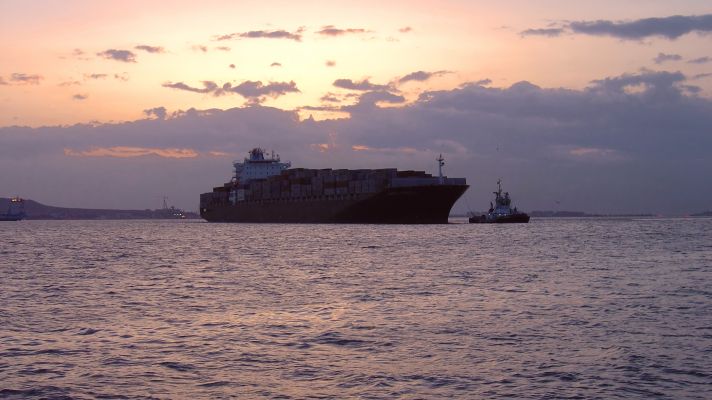The bollard pull certificate plays an important role in the delivery and commercial deployment of tugs. Up until now, a uniform standard for the conduct, measurement and analysis of a bollard pull trial was not available. A recent Joint Industry Project (JIP) has now developed this standard.
Yards, owners and classification societies all use different trial procedures with varying levels of detail (some incorporate correction factors to deal with non-ideal environmental conditions), and some describe trial requirements that strongly contradict other procedures. With the objective of creating a scientifically based, transparent and unified bollard pull trial procedure, MARIN initiated the "Bollard pull JIP". Stakeholders in the maritime towing industry were approached to join the project. In November 2015, the BP-JIP kicked off with 31 companies participating.
Model Tests, CFD Calculations and Full Scale Validation
Over the past three years, sixteen factors affecting the bollard pull performance of tugs were investigated in significant detail. Model tests, CFD (Computational Fluid Dynamics) calculations and systematic full scale validation campaigns on nine tugs and five types of load cells were conducted to understand the behaviour of the tug in bollard pull conditions and the sensitivity of load cells. Based on the research conducted, a list of requirements and procedures was developed, leading to the recommended "International Standard for Bollard Pull Trials".
Level Playing Field in Certification of Tugs
The BP-JIP trial standard has been reviewed and evaluated on numerous vessels by the JIP participants over the past months, and has now been released. The standard allows a level playing field in the certification of tugs. Additionally, it ensures that the reported bollard pull figure represents the realistic performance of the vessel that can be met in service conditions at an acceptable level of accuracy. It can be downloaded on www.vesseloperatorforum.com.








